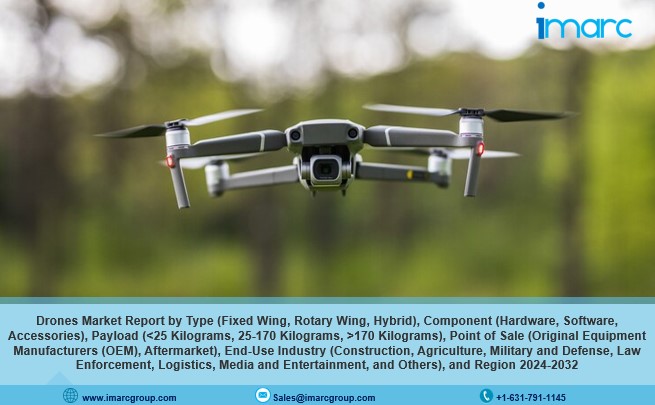IMARC Group’s report titled “Sensor Fusion Market: Global Industry Trends, Share, Size, Growth, Opportunity and Forecast 2024-2032“, offers a comprehensive analysis of the industry, which comprises insights on the global sensor fusion market report. The global market size reached US$ 6.5 Billion in 2023. Looking forward, IMARC Group expects the market to reach US$ 26.1 Billion by 2032, exhibiting a growth rate (CAGR) of 16.4% during 2024-2032.
Factors Affecting the Growth of the Sensor Fusion Industry:
- Artificial Intelligence (AI) and Machine Learning (ML) Integration:
The integration of artificial intelligence (AI) and machine learning (ML) represents a transformative trend in the field of sensor fusion. AI and ML algorithms excel in processing vast amounts of data quickly and efficiently. When applied to sensor fusion, they can analyze data from multiple sensors in real time, identifying patterns, anomalies, and trends that may be difficult for traditional methods to discern. AI and ML algorithms are capable of learning and adapting. Sensor fusion systems integrated with AI/ML can continuously improve their accuracy over time, making them particularly effective in dynamic and evolving environments.
- Miniaturization of Sensors:
Smaller sensors occupy less physical space, making them suitable for compact and portable devices. This is particularly valuable in industries where space constraints are a concern, such as consumer electronics, healthcare, and aerospace. Miniaturized sensors often consume less power than their larger counterparts. This energy efficiency is crucial for battery-powered devices, extending their operational life and reducing the need for frequent recharging or replacement. Moreover, as sensors become smaller, manufacturers can often produce them more cost-effectively. This cost efficiency is leading to the mass production of miniaturized sensors, making them more accessible to a broader range of industries.
- Advancements in Micro-Electro-Mechanical Systems (MEMS) Technology:
Micro-electromechanical systems (MEMS) involve the fabrication of miniature mechanical and electromechanical elements on a microscale. MEMS sensors are experiencing a transformation to offer improved sensing capabilities. They are more sensitive and accurate than ever before. This improvement in accuracy is leading to their adoption in critical applications, such as navigation systems, where precision is paramount. Advancements in MEMS fabrication techniques are resulting in sensors that are more robust and durable. This is particularly important in industries like aerospace and automotive, where sensors may be exposed to harsh environmental conditions.









